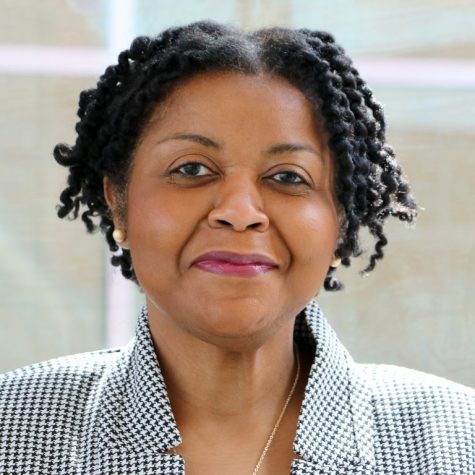Inadequate system obstructs progress
Degree, transfer applicable units are not combined
March 16, 2016
When marine biology major Musa Khan arrived at Contra Costa College in 2011, he was assessed into an English 1A course, but placed elsewhere after meeting with his counselor.
Despite his familiarity with English concepts, a counselor confused him and resulted in enrolling into ENGL-142B and was set back a semester in his academic plan to transfer to a four-year university.
Khan said after taking the class, he felt it was a setback and wasted his time, trying to learn concepts he already understood.
“It’s an unnecessary class. You waste six, or so, odd months on things you already know about,” he said.
Making use of multiple measures including high school transcripts is one of the implementation plans to increase the basic skills English and math completion under CCC’s Equity Plan.
The Equity Plan created objectives and activities to equalize student success across all populations without affecting top performing groups.
According to the Equity Plan, out of the 490 students who completed a basic skills English course in the 2014-15 academic year, 38 percent progressed to finishing a course applicable to their degrees.
For basic skills math, 31 percent of 1,028 students completed a degree applicable course in the 2014-15 academic year, after taking a basic skills class.
To increase the average of these completion rates for basic skills English and math, the Equity Plans targets males, African-Americans and foster youth. According to the Equity Plan’s data, these three groups experience the largest gaps from the average among other populations including females, veterans, Latinos and Asians.
The Equity Plan reports only 30 percent of 370 male students completed a degree applicable course after taking a basic skills math course.
Biotechnology major Ray Serafin was placed into Math 118 when he took the assessment test prior to the fall 2014 semester.
He said during high school, his teachers had a limited amount of time to spend on a large group of students. Because of this situation, a lack of preparation hindered Serafin’s understanding of math at the college level.
“Being behind is frustrating,” he said.
Placing in the basic skills math course set him back a year prior to completing the transferable Math 171 course.
Basic skills math is identified as a barrier for students moving toward the completion of a degree or certificate, according to the Equity Plan.
To support and streamline the process, the math department is developing to compress Math 118 and Math 120 into one course. Non-STEM students can enroll in the already developed Math 118/120 combination course Math 125, a pre-statistics pathway course.
Math department Chairperson Terrill Mead said, “Students take three to five years to finish their degree requirements. They can benefit from taking a combined course.”
He said the department is still surveying what students need and aims to combine classes as one solution to increase basic skills math completion.
There are also plans to provide other alternative pathway coursework, such as using computers in the Math Lab in AA-210, to improve retention and move students on to a college level class.
For basic skills English, the English department has gone through two trial “boot camps” to get students into English 1A faster.
Tutoring Coordinator Brandy Gibson said at least 25 students who placed one or two points under the minimum score for English 1A on the assessment were invited to the week-long session last July.
Fifteen students were referred by their ENGL-142B professors to join the same event.
She said the college mimics the statewide numbers of students completing a degree applicable course.
The statewide number averages to 33 to 34 percent, whereas the college averages to 38 percent in basic skills English.
“That’s a low number. We have to figure out how to get students out of the pipeline (of finishing basic skills courses),” Gibson said.
Gibson said following with the Equity Plan for basic skills English, the college has already invited English teachers from the West Contra Costa Unified School District to address issues that cause high school graduates to come the college unprepared.
The Academic Performance Index (API) goal for California public high schools is the score of 800, she said. Kennedy High School in Richmond scored an API of 544 whereas Miramonte High School in Orinda scored an averaged API of 944.
“That is a huge disparity. This is a reason why we’re making plans for students in high school who struggle understanding concepts and bring that frustration here. We want to end frustration,” Gibson said. “It costs more for students, it takes longer trying to finish. It lowers our enrollment and impacts the amount of funding the state gives us.”
Khan said resources are also wasted taking an extra course.
“You have to pay for an extra class and books. For some students who do not have financial aid and (need to) pay college fees and tuition out of pocket, it can determine how many classes you can take for the next semester,” he said.
Mead said developing new courses and adding supplemental support is important because this impacts time. It is crucial not only to close the gaps, but to achieve retention for the class and carry the skills into the workforce.
“You could have been in a higher level of math earlier, finished college earlier and been earning more money at a job earlier,” Mead said.











